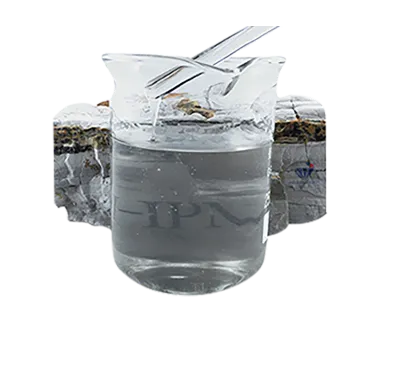
វិច្ឆិកា . 24, 2024 17:49 Back to list
Optimizing Gypsum Plaster with HPMC for Enhanced Performance and Durability
HPMC for Gypsum Plaster Enhancing Performance and Sustainability
Hydroxypropyl Methylcellulose (HPMC) is a popular additive in the construction industry, particularly in gypsum plaster applications. As a cellulose ether, HPMC is renowned for its versatility, water retention capabilities, and improved workability. This article delves into the benefits of incorporating HPMC into gypsum plaster, its functional roles, and its importance in advancing sustainable building practices.
Understanding HPMC
HPMC is a semi-synthetic polymer derived from cellulose, making it environmentally friendly and biodegradable. Its properties can be tailored by adjusting the degree of polymerization and the percentage of hydroxypropyl and methoxy groups. The resultant product showcases excellent solubility in water and enhances the viscosity of the plaster mixture, making it easier to apply and handle.
Advantages of HPMC in Gypsum Plaster
1. Improved Workability Adding HPMC to gypsum plaster formulations significantly enhances workability. This means that the plaster can be applied more smoothly and uniformly, leading to a better finish. Applicators find that HPMC enables longer working times, allowing them to manipulate the plaster without it setting too quickly.
2. Water Retention One of the standout features of HPMC is its ability to retain water within the plaster mix. This is crucial during the curing process, as adequate moisture levels help ensure proper hydration of the gypsum. Enhanced water retention not only prevents cracking and shrinking but also improves the overall strength of the plaster once it cures.
3. Enhanced Adhesion Gypsum plaster mixed with HPMC exhibits better adhesion to various substrates, including concrete, masonry, and brick. This is vital for applications where plaster needs to stick effectively to surfaces without delaminating or cracking over time.
4. Reduced Dust Formation HPMC can help reduce the dust generated during the mixing and application of gypsum plaster. This not only creates a cleaner working environment but also improves health and safety standards on site.
hpmc for gypsum plaster

5. Sustainability In an age where sustainability is key, HPMC offers an eco-friendly alternative to many synthetic additives. By utilizing cellulose-derived products, manufacturers can reduce their reliance on fossil fuel-based chemicals, contributing to greener construction practices.
Application of HPMC in Gypsum Plaster
The incorporation of HPMC into gypsum plaster can be achieved through various formulation strategies. It can be added as a powder during the dry mix stage or incorporated as a solution. The choice largely depends on the specific requirements of the plaster, including the desired working time, compressive strength, and overall performance characteristics.
Industries can benefit from optimizing HPMC’s concentration in their plaster formulations. While higher concentrations improve water retention and workability, they can also increase costs. Therefore, finding a balance that meets performance standards while remaining cost-effective is crucial for many manufacturers.
Challenges and Considerations
Despite the numerous advantages, there are challenges associated with using HPMC in gypsum plaster. Variability in HPMC quality and the presence of impurities can affect the consistency of the final product. Therefore, it’s essential for manufacturers to source high-quality HPMC from reputable suppliers and maintain rigorous quality control measures.
Moreover, thorough testing should be conducted to determine the optimum HPMC dosage for each specific application. This ensures that plaster achieves the desired performance without unnecessary financial expenditure.
Conclusion
Incorporating HPMC into gypsum plaster formulations presents a myriad of benefits that enhance performance while promoting sustainability in the construction industry. With its ability to improve workability, water retention, and adhesion, HPMC plays a crucial role in advancing gypsum plaster technologies. As the demand for sustainable building materials continues to rise, HPMC stands out as a vital component in creating high-quality, durable, and environmentally friendly gypsum plaster products. This positions it as an essential additive for modern construction practices aimed at building a sustainable future.
-
Unlocking the Benefits of HPMC Products: A Gateway to Versatile Applications
NewsAug.07,2025
-
Tile Bonding Cellulose: The Key to Superior Adhesion and Durability
NewsAug.07,2025
-
Hydroxypropyl Methylcellulose Powder: The Versatile Component in Modern Pharmaceuticals
NewsAug.07,2025
-
Hydroxyethyl Cellulose: The Versatile Solution for Various Industries
NewsAug.07,2025
-
Hydroxyethyl Cellulose (HEC): The Versatile Polymer for Various Applications
NewsAug.07,2025
-
The Ultimate Guide to Mortar Bonding Agent
NewsAug.06,2025







